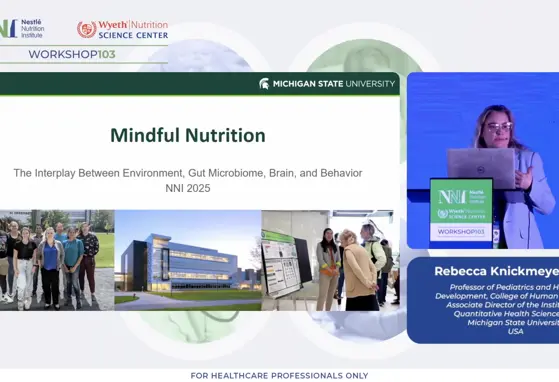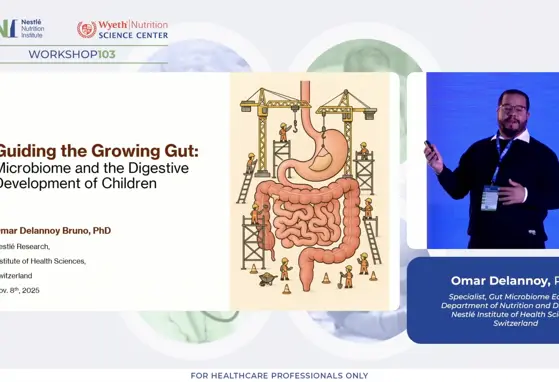The Interaction Between Malaria And Nutrition
The four types of parasites responsible for malaria infection in man are Plasmodium falciparum, Plasmodium vivax, Plasmodium malariae and Plasmodium ovale. They are transmitted by various species of the Anopheles mosquito. Plasmodium falciparum species is responsible for most attacks, deaths and the severest forms of malaria. The clinical features of malaria are protean. Consequently, in endemic areas, malaria must be considered in any patient presenting with fever.
Malaria occurs mostly in poor, tropical and subtropical areas of the world. However, Africa is the most affected continent. According to the World Health Organization’s World Malaria Report 2011 and the Global Malaria Action Plan, in 2010, malaria caused an estimated 216 million clinical episodes, and 655,000 deaths. Of the deaths, an estimated 91% occurred in the African Region compared to only 6% in the South-East Asian Region, and 3% in the Eastern Mediterranean Region (3%). About 86% of deaths globally were in children.
Africa is the worst affected region due to a combination of several factors. These include:
- High prevalence of Anopheles gambiae mosquito - a very efficient transmitter of malaria;
- Predominance of Plasmodium falciparum the species responsible for severe malaria;
- Local weather conditions (warm and wet) often allow transmission to occur year round; and
- Scarce resources and socio-economic instability have hindered efficient malaria control.
The most vulnerable populations are persons with no or little immunity against the disease. These include young children who have not yet developed partial immunity to malaria; pregnant women whose immunity is decreased by pregnancy, especially during the first and second pregnancies; and travelers or migrants coming from areas with little or no malaria transmission, who lack immunity.
After incubation in the liver the malaria parasite invades red blood cells causing them to be sticky to and to break up – a process that is referred to as haemolysis. Stickiness of cells leads to mechanical blockage of capillaries and local inflammation while the haemolysis leads to anaemia. Other effects of malaria include fever, anorexia, reduced food intake, vomiting, diarrhea, increased metabolic needs and coma. Without treatment malaria can be rapidly fatal. Repeated attacks of malaria cause a negative nitrogen balance, poor cognition, acute malnutrition or worsened states of malnutrition. In pregnancy malaria causes anaemia, abortion, premature delivery and low-birth babies and all of their attendant complications.
Malaria is both preventable and curable. Increased malaria prevention and control measures are dramatically reducing the malaria burden in many places. Non-immune travellers from malaria-free areas are very vulnerable to the disease when they get infected. Prevention is best effected by the use of mosquito nets that are impregnated with long-lasting insecticides. Although studies are promising, there is currently no effective vaccine against malaria. Cure can be achieved by using combination anti-malaria drugs.
Cerebral malaria, one of the severe complications of falciparum malaria, affects predominantly children between the ages of 1 and 3 years. Curiously cerebral malaria is more commonly seen in well-nourished than in malnourished children; and some reports have suggested that malnutrition may be protective of severe forms of malaria.
The interrelation between malaria and malnutrition is not clearly understood. The hypothesis that severe malnutrition is protective of malaria is based on several arguments: a) malaria parasites in the blood are known to increase after a re-feeding; b) the findings of autopsy studies; and c) studies on trace elements and C - reactive protein in malaria. However, in a very detailed review article, Shanka has pointed out those studies claiming that severe malnutrition is protective of malaria lack power to support that conclusion.
In summary, the duo of malaria and undernutrition acting independently, are major causes of morbidity and mortality in the developing countries of the world and particularly in Africa. However, the interrelationship between malaria and malnutrition is not well understood and remains an area needing further elucidation.
References
- The World Health Organisation. World Malaria report 2012 P 58. WHO Geneva
- Caulfield L E, Richard S A, Black R E: Undernutrition as an underlying cause of malaria morbidity and mortality in children less than five years old. Am J. Trop Med. Hyg. 2004; 46 (Suppl. 1):8-17
- Anuraj H Shanka. Nutritional Modulation of Malaria morbidity and mortality. The Journal of Infectious Disease. 2000; 182 (suppl): 537-53
- Ulrich E Schaible and Stefan H .E. Kaufmann. Malnutrition and infection: complex mechanism and global impact. Published online 2007 May 1.doi 10.1371/ journal .Pmed0040115
- Goyal SC. Protein Energy Malnutrition and Cerebral Malaria. J Trop Pediatr 1991;37: 143-4
- G M Edington. Pathology of malaria in West Africa. Brit Med. J; 1967; 1: 715-718
- Olumese PE, Soseide O, Ademowo OG, and Walker O and unpublished observations lend credence to the assertion. Protein Energy Malnutrition and Cerebral malaria in Nigerian Children.J Trop Pediatr, 1997 August, 43 (4 ): 217- 9
- Pierre De Beaudrap, Eleanor Turyakira, Lisa J White, Carolny Nabasumba, Benon Tumwebaze, Atis Muehlenbachs, Philippe J Guerin, Yap Boum,Rose Mc Gready and Patrice Piola. Impact of malaria during pregnancy on pregnancy outcomes in a Ugandan prospective cohort with intensive malaria screening and prompt treatment. Malaria Journal 2013;12:139. doi: 10.1186/1475- 2875 – 12-139
- Michael C. Pawanda and William R Beisel. Metabolic effects of infection on Protein and Energy status. J Nutr. 322S – 327S, 2003
- Nabarro D. Roll Back Malaria. Parasitologia. 1999; 41 (1-3): 501-4
- Jocelyn Kaiser. Unconventional vaccine shows promise against malaria. Science 9 August 2013. Vol 341 no. 6146 p. 605
- Saad AA, Doka YA, Osman SM, Magzoub M, Ali NI, Adam I. Zinc, copper and C-reactive protein in children with severe Plasmodium falciparum malaria in an area of unstable malaria transmission in eastern Sudan. J Trop Pediatr. 2013 Apr;59(2):150-3. doi: 10.1093/tropej/fms056. Epub 2012 Oct 26.
James Kweku Renner and Gabriel Anabwani
Nestle Nutrition Institute Africa
If you liked this post you may also like

Mindful Microbes: The Interplay Between Environment, Gut Microbiome, Brain, and Behavior

Exploring the Crosstalk: Nutrition, Microbiome, and Cardiometabolic Health

Guiding the Growing Gut: Microbiome and the Digestive Development of Children

Nourishing the Microbiome at Preschool age: Dietary influences from infancy to present